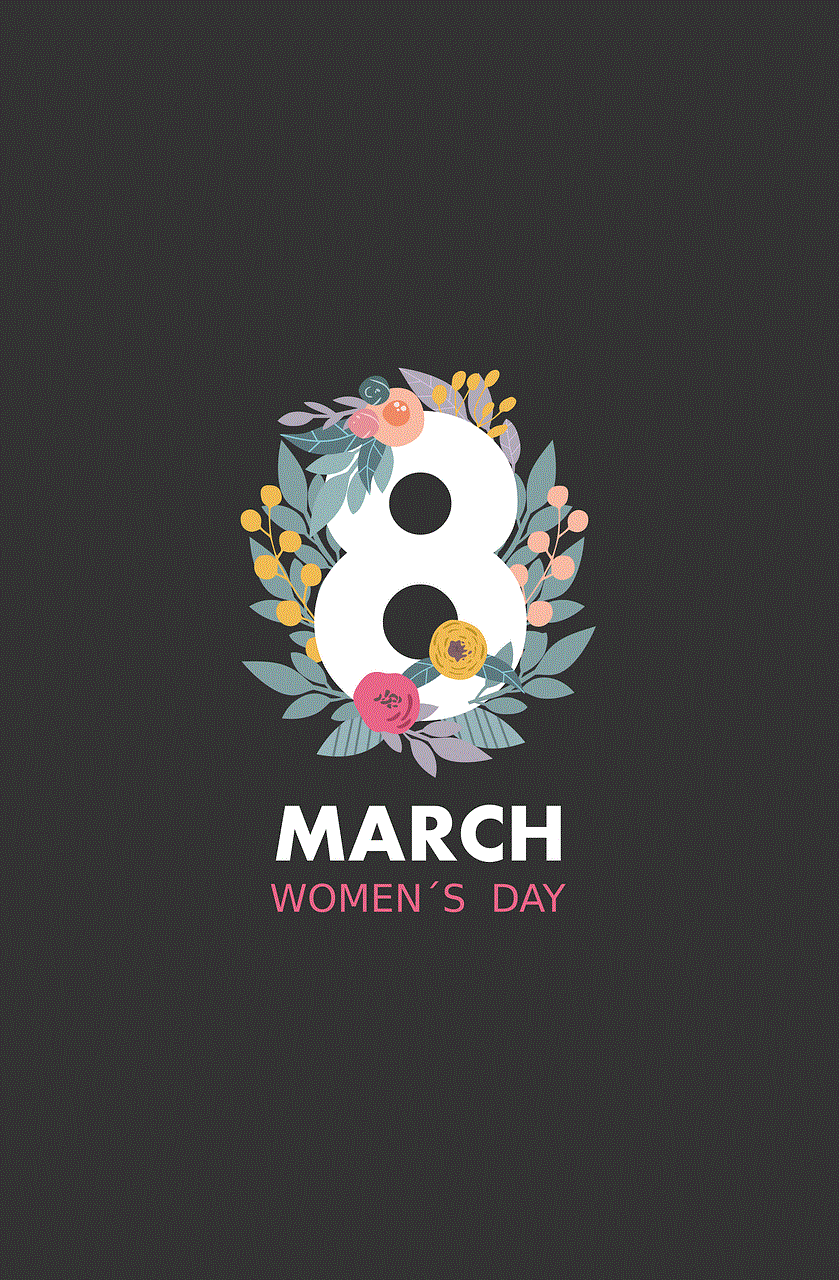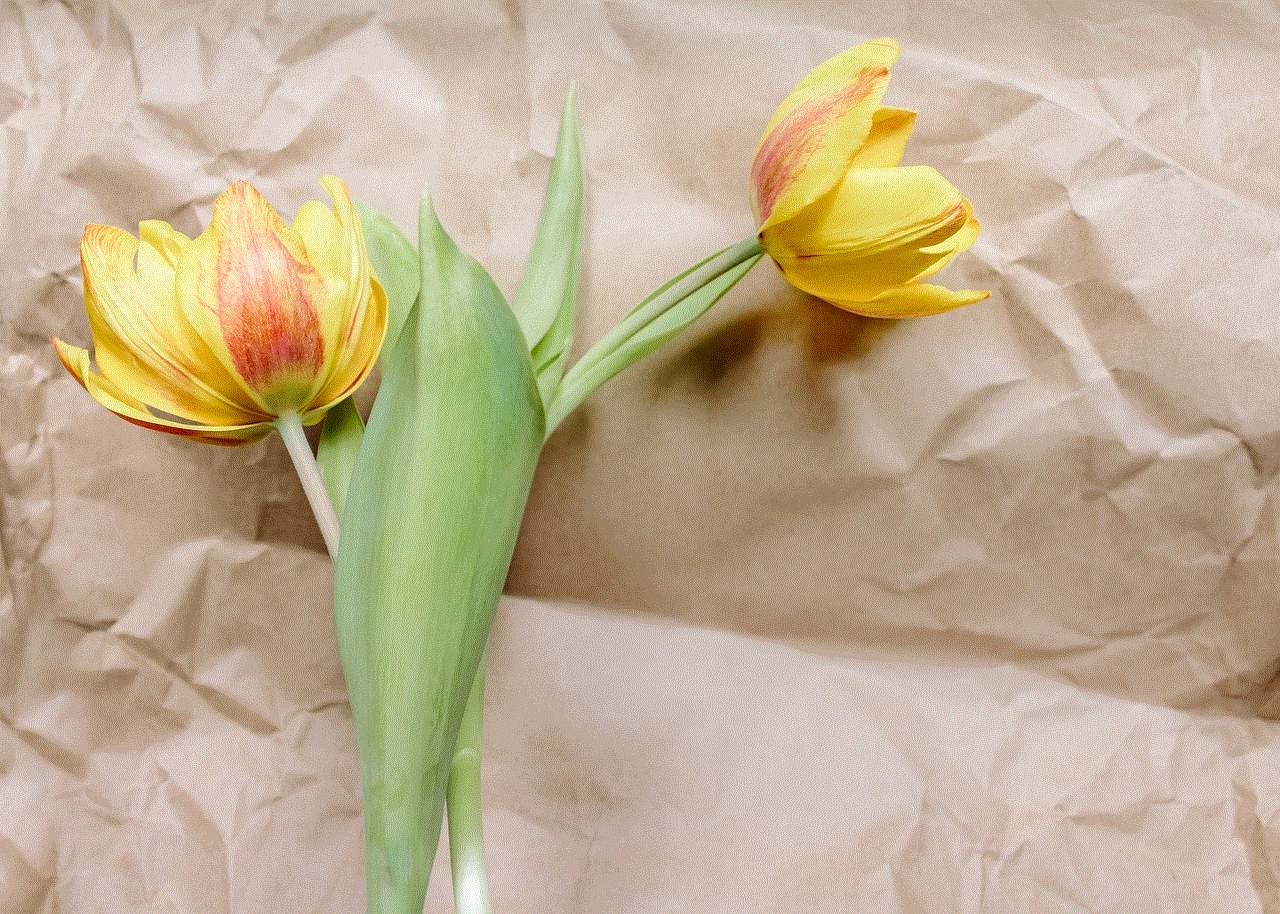why tiktok is bad
TikTok, the popular short-form video app, has taken the world by storm. With over 2 billion downloads and over 800 million active users, it has become one of the most popular apps in the world. However, with its popularity, TikTok has also attracted a lot of controversy. Many people have raised concerns about the app, and why it is bad. In this article, we will explore the reasons why TikTok is bad and why you should think twice before downloading it.
1. Inappropriate Content
The most significant concern about TikTok is the content that is being shared on the platform. While the app is marketed as a fun and creative platform, it has gained notoriety for its inappropriate and sexual content. Many users, especially teenagers, are exposed to explicit and suggestive content, which can have a negative impact on their mental and emotional well-being. Despite TikTok’s strict guidelines against explicit content, it is difficult to control the amount of inappropriate content being shared on the app.
2. Data Privacy
Another major concern with TikTok is its data privacy policies. The app has been accused of collecting excessive amounts of user data, including location, browsing history, and even keystroke patterns. This data is then shared with third-party companies, which raises concerns about user privacy and data security. In 2020, TikTok came under fire for allegedly accessing and sharing user data with the Chinese government, leading to it being banned in several countries. While the company has denied these allegations, it has raised significant concerns about the app’s data privacy policies.
3. Addiction
TikTok’s addictive nature has been a cause for concern for many users. With its endless scrolling feature and algorithm that constantly shows you new content, it is easy to get sucked into spending hours on the app without realizing it. This can have a detrimental impact on a user’s productivity and mental health. Many users have reported feeling anxious and stressed when they are unable to access the app, indicating a level of addiction. The app’s addictive nature makes it challenging for users to limit their usage, leading to a negative impact on their daily lives.
4. Cyberbullying
Like any other social media platform, TikTok is not immune to cyberbullying. The app’s young user base makes it a breeding ground for cyberbullying, with many users facing harassment, hate speech, and even death threats. The anonymity of the app makes it easier for bullies to hide their identity and target vulnerable users. Despite TikTok’s efforts to combat cyberbullying, it remains a significant issue on the platform, with many users feeling unsafe and targeted.
5. Negative Impact on Mental Health
TikTok’s addictive nature, coupled with the constant comparison to the curated and often unrealistic content, can have a negative impact on a user’s mental health. The pressure to create perfect and entertaining content can lead to feelings of inadequacy and low self-esteem, especially among young users. The app’s focus on physical appearance and popularity can also contribute to body image issues and feelings of insecurity. Moreover, the constant exposure to explicit and violent content can also lead to desensitization and emotional distress.
6. Copyright Infringement
TikTok has been criticized for its lax approach to copyright infringement. Many users have been accused of using copyrighted music and content without permission, leading to legal issues for the app and its users. While TikTok has implemented measures to prevent copyright infringement, it remains a significant issue on the platform, with many users facing legal consequences for using copyrighted material without permission.
7. False Information and Scams
TikTok has also faced criticism for its role in spreading false information and promoting scams. With its vast user base and easy sharing options, it is effortless for false information to go viral on the app. Moreover, the app’s popularity has also attracted scammers, who use the platform to promote fraudulent schemes and products, targeting vulnerable users, especially teenagers. This poses a significant threat to the app’s users, who may fall prey to these scams without realizing it.
8. Encourages Dangerous Challenges
TikTok has been known to promote dangerous challenges that put users’ lives at risk. The most infamous of these challenges is the “Skullbreaker Challenge,” where users trick their friends into jumping, causing them to fall and potentially injure themselves. This challenge, along with others like the “Outlet Challenge” and the “Benadryl Challenge,” has resulted in many injuries and even deaths. The app’s algorithm, which promotes viral content, has been criticized for not taking down these challenges and instead making them more popular.



9. Time-Wasting
While TikTok can be a source of entertainment, it has been criticized for being a time-wasting app. Many users spend hours on the app, mindlessly scrolling through content, without any real purpose or goal. This can have a significant impact on a user’s productivity and can lead to a lack of focus and motivation in other areas of their lives. Moreover, the app’s addictive nature can make it challenging for users to limit their usage and prioritize their time effectively.
10. Lack of Authenticity
One of the key reasons why TikTok is bad is its lack of authenticity. The app’s algorithm favors content that is aesthetically pleasing and entertaining, rather than authentic and genuine. This has led to a trend of users creating fake and exaggerated content to gain more followers and likes. Many users have also been accused of using filters and editing tools to portray an unrealistic and unattainable image of themselves. This lack of authenticity can have a negative impact on users, who may feel pressure to conform to these unrealistic standards.
In conclusion, while TikTok may seem like a fun and entertaining app, it is essential to recognize the potential harm it can cause. From inappropriate content to data privacy concerns, TikTok has a range of issues that make it a bad app. As users, it is crucial to be aware of these concerns and use the app responsibly. Parents should also monitor their children’s usage and educate them about the potential dangers of using the app. Ultimately, it is up to us, the users, to demand better policies and guidelines from TikTok and other social media platforms to create a safer and healthier online environment.
what does p mean in slang
Slang is a crucial part of any language. It is a way for people to express themselves in a unique and creative manner. Slang terms are constantly evolving and changing, and it can be challenging to keep up with the latest trends. One popular slang term that has been gaining attention in recent years is “p.” It is a simple letter that has taken on various meanings and uses in different contexts. In this article, we will delve deeper into the meaning and origin of “p” in slang and explore its different connotations.
Firstly, it is essential to understand that “p” is not a new slang term. It has been around for decades and has been used in various ways. However, with the rise of social media and the internet, its usage has become more widespread and mainstream. The term primarily gained popularity in the early 2000s, and since then, it has become a staple in modern slang vocabulary.
One of the most common and straightforward meanings of “p” in slang is “party.” It is often used as a shortened version of the word, and it is used to describe a social gathering or event. For instance, one might say, “I’m going to a p tonight,” which means they are attending a party. This usage of “p” can be traced back to the 1980s and 1990s, where it was commonly used in the hip-hop and rap scene. In these genres, “p” was used as a short form of “party,” and it quickly caught on with the masses.
Another meaning of “p” in slang is “pretty” or “perfect.” This usage is often seen in the context of a compliment or to describe something or someone as attractive or impressive. For example, one might say, “That dress is p,” which means it is pretty or perfect. This meaning of “p” is more commonly used among younger generations, particularly on social media platforms like Instagram and Twitter . It has become a popular way to express admiration or approval of something.



In addition to these more common meanings, “p” in slang can also have some more obscure and nuanced connotations. One of these is “pee.” While this might seem like a strange usage, it is relatively common, particularly among teenagers and young adults. The term is used as a discreet way to refer to urinating, often in public or in a group setting. For instance, one might say, “I need to go p,” which means they need to use the bathroom. This usage of “p” has become more prevalent in recent years, particularly in situations where one needs to be discreet or secretive about their actions.
Furthermore, “p” can also be used as an abbreviation for “parent” or “parents.” This usage is relatively new, and it is often seen in the context of teenagers or young adults talking about their parents. For example, one might say, “I can’t go out tonight, my p’s won’t let me,” which means their parents won’t allow them to go out. This usage of “p” is often used in a playful or joking manner, and it has become a popular term among teenagers and young adults.
Another usage of “p” in slang is “peace.” It is commonly used as a way to say goodbye or to wish someone well. For example, one might say, “I’ll see you later, p,” which means they will see the person later and wish them peace. This usage of “p” can be traced back to the 1970s, where it was used as a shortened version of “peace out” or “peace and love.” It is still commonly used today, particularly among the older generations who grew up with this slang term.
Moving on, “p” can also be used as an abbreviation for “phone” or “call.” This usage is often seen among teenagers and young adults who use their phones extensively for communication. For instance, one might say, “I’ll p you later,” which means they will call the person later. This usage of “p” has become more prevalent in the digital age, where phone calls have become less frequent, and texting and messaging have become the primary mode of communication.
Furthermore, “p” can also be used as an abbreviation for “problem.” This usage is commonly seen in the context of a difficult or challenging situation. For example, one might say, “I’ve got a p,” which means they have a problem. This usage of “p” has been around for decades and has become a staple in slang vocabulary, particularly in urban communities.
Moreover, “p” can also be used as a verb. This usage is commonly seen in the phrase “to p someone.” It means to betray or snitch on someone. For instance, one might say, “Don’t p me out,” which means don’t betray me. This usage of “p” has its roots in prison slang, where “p” stands for “prison.” It has since become more mainstream and is used by people to describe betraying someone or revealing their secrets.
Another interesting usage of “p” in slang is as an abbreviation for “play.” This usage is often seen in the context of flirting or dating. For example, one might say, “Let’s p,” which means let’s flirt or date. This usage of “p” has been around for decades, and it is often associated with the hip-hop and rap scene. It is also commonly seen in the LGBTQ+ community, where “p” stands for “partner” or “potential partner.”
Moving onto a more vulgar meaning, “p” can also be used as a slang term for “penis.” This usage is often seen as derogatory or offensive, and it is not appropriate for all audiences. However, it is worth mentioning as it is a prevalent usage of “p” in slang, particularly in male-dominated environments. It is often used to degrade or insult someone, and it has been a part of slang vocabulary for many years.
Finally, “p” can also be used as an abbreviation for “porn.” This usage is relatively new, and it is often seen among teenagers and young adults who are avid consumers of online content. For instance, one might say, “I was watching some p last night,” which means they were watching porn. This usage of “p” has become more widespread with the rise of internet pornography and online streaming platforms.



In conclusion, “p” has various meanings and uses in slang. From “party” to “problem” to “porn,” this simple letter has taken on various connotations and has become a part of modern slang vocabulary. It is a testament to the ever-evolving nature of language and how slang terms can quickly gain popularity and become ingrained in our daily conversations. So, the next time you come across the term “p,” remember that it could mean so much more than just a letter.

